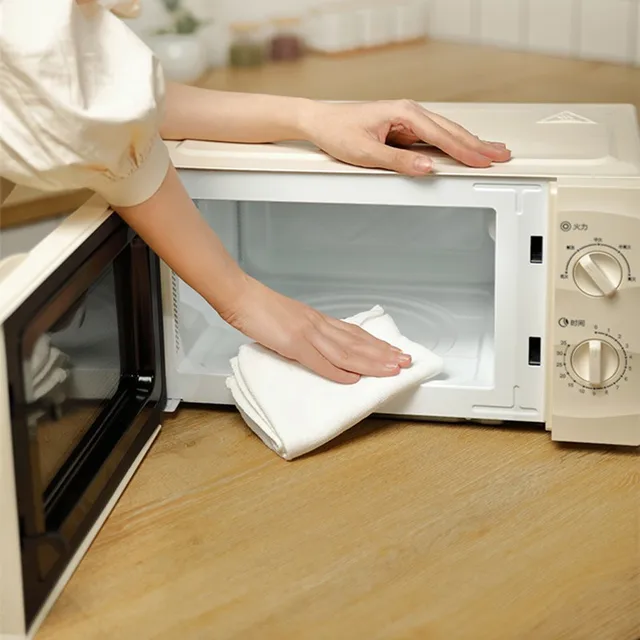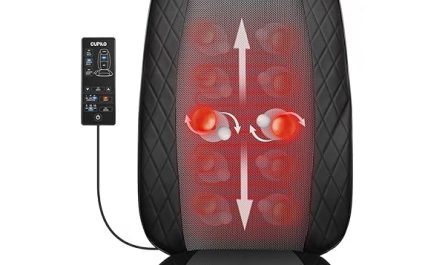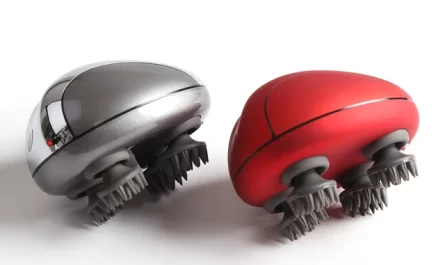Introduction:
Microwaves have become a staple in modern kitchens, offering convenience and speed in cooking and heating food. While many of us use microwaves regularly, the inner workings of these appliances may still seem mysterious. In this article, we will explain how microwaves work in simple terms, breaking down the process into easy-to-understand steps. By understanding the basic principles behind microwave technology, you can appreciate the science behind this essential kitchen appliance. 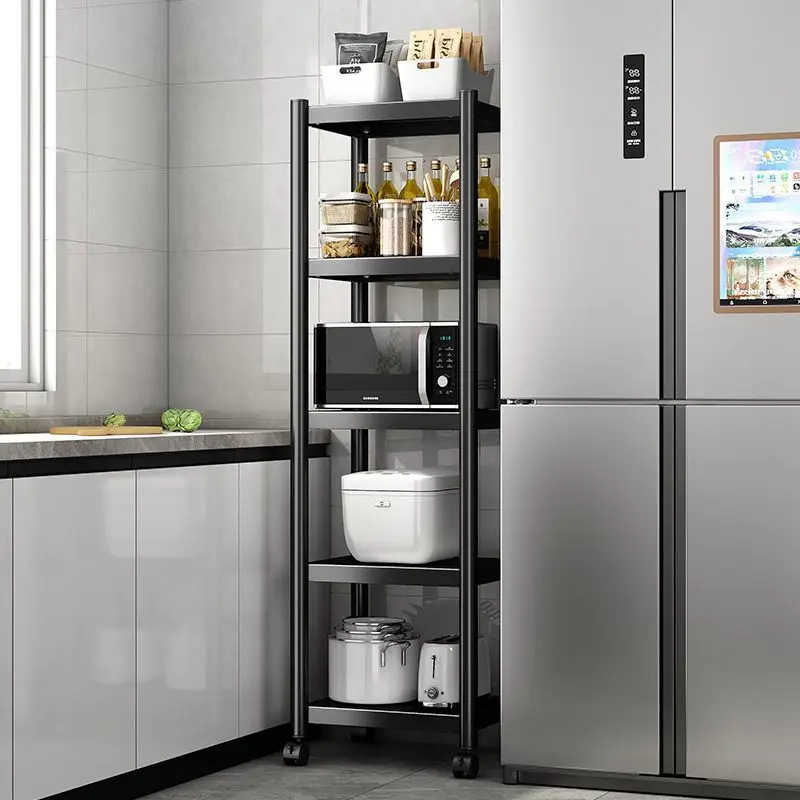
How do microwaves work in simple terms?
Electromagnetic Waves and Frequency:
To understand how microwaves work, it is important to grasp the concept of electromagnetic waves. Electromagnetic waves are a form of energy that can travel through space. These waves have different frequencies that determine their properties, such as wavelength and energy level.
Microwaves and Water Molecules:
Microwaves are specifically designed to interact with water molecules. When microwaves pass through food, they cause water molecules to vibrate rapidly. This vibration generates heat, which, in turn, heats up the surrounding food. It is this heating process that allows microwaves to cook or heat food quickly and efficiently.
Magnetron: The Microwave Generator:
At the heart of every microwave is a device called a magnetron. The magnetron is responsible for generating the microwaves that cook the food. It is a vacuum tube that contains a filament, a cathode, and an anode. When electricity flows through the magnetron, it creates a strong electromagnetic field that generates the microwaves.
Reflectors and Waveguides:
Microwaves produced by the magnetron need to be directed toward the food. This is where reflectors and waveguides come into play. Reflectors are strategically placed within the microwave cavity to bounce the microwaves around, ensuring even distribution of heat. Waveguides, on the other hand, are metal channels that guide the microwaves from the magnetron to the cooking chamber.
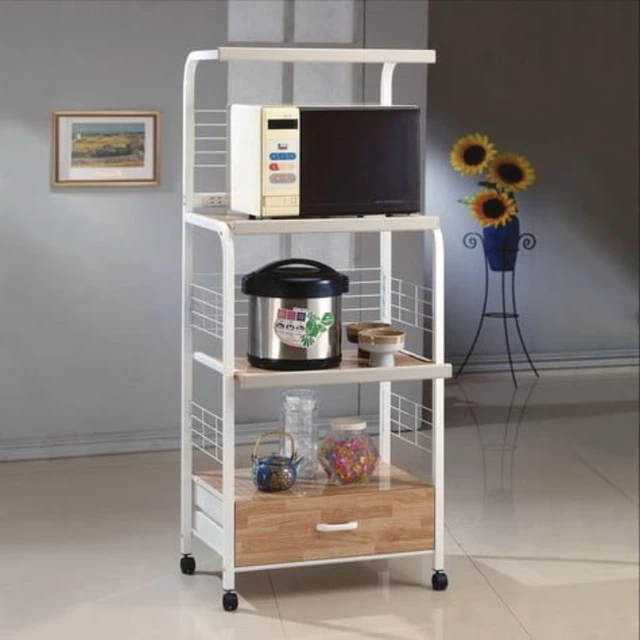
Cooking Chamber and Turntable:
The cooking chamber is the enclosed space where the food is placed for cooking. It is designed to be reflective to ensure that the microwaves are contained within the chamber. Most microwaves also feature a turntable, which rotates the food to ensure uniform heating. The turntable helps distribute the microwaves evenly across the food, preventing hot and cold spots.
Absorption by Food and Heating:
Once the microwaves are generated and directed into the cooking chamber, they interact with the food placed inside. As the microwaves pass through the food, they are absorbed by the water molecules present. These absorbed microwaves cause the water molecules to vibrate rapidly, generating heat. The heat then transfers from the water molecules to the surrounding molecules in the food, resulting in the cooking or heating of the food.
Penetration Depth and Cooking Time:
The penetration depth of microwaves, or how deep they can reach into the food, is determined by the frequency of the waves. Microwaves have a relatively low frequency, which means they have a shorter penetration depth. This is why microwaves are most effective in heating or cooking food from the inside out, rather than from the outside. The cooking time can vary depending on the type and quantity of food being heated, as well as the wattage of the microwave.
Safety Measures:
Microwaves are designed with safety features to protect users from potential hazards. One such feature is the microwave door, which is made of a metal mesh that allows you to see inside while preventing the microwaves from escaping. If the door is not closed properly, the microwave will not operate, ensuring user safety. Additionally, most microwaves have a built-in timer that automatically shuts off the microwave after a specified duration, preventing overcooking or overheating.
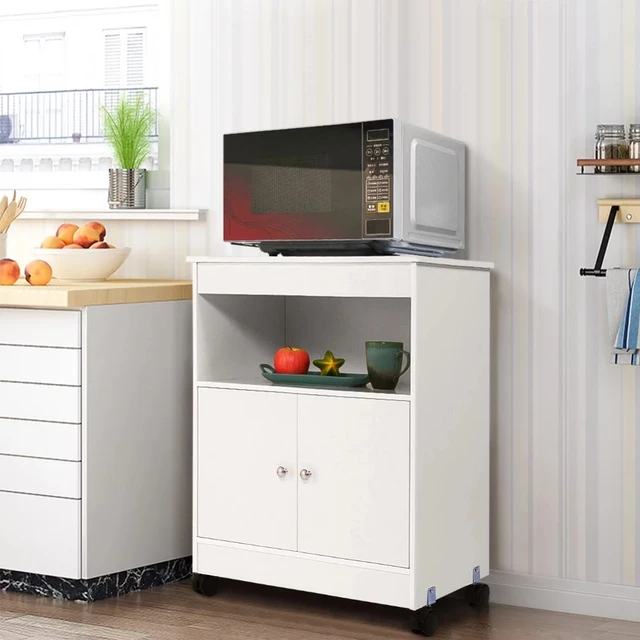
Limitations:
While microwaves are incredibly useful, it is important to recognize their limitations. Microwaves work best with foods that contain water molecules, such as fresh vegetables, meats, and liquids. Foods with low water content, such as bread or pizza crust, may not heat as evenly in a microwave. Additionally, microwaves may not provide the same browning or crispy texture that other cooking methods, such as grilling or baking, can achieve.
Additional Features and Functions:
Modern microwaves often come equipped with additional features and functions to enhance the cooking experience. These features can include preset cooking programs for specific food items, defrosting functions, different power levels, and sensor cooking. These advancements aim to simplify the cooking process and ensure optimal results.
Tips for Using a Microwave:
To ensure optimal results when using a microwave, there are a few tips worth considering. First, it is advisable to use microwave-safe containers, which are specifically designed to withstand the heat generated by microwaves. Avoid using metal containers or aluminum foil, as they can cause sparks and damage the appliance. Additionally, covering food with a microwave-safe lid or microwave-safe plastic wrap will help retain moisture and promote even cooking.
Stirring and Standing Time:
When cooking or heating food in a microwave, it is essential to stir or rotate the food at intervals. Stirring helps distribute the heat evenly and prevents hot spots. Similarly, allowing the food to stand for a short period after microwaving allows the heat to distribute evenly throughout the dish. Standing time also helps the food to continue cooking through residual heat.
Safety Precautions:
While microwaves are generally safe to use, it is important to take certain precautions to prevent accidents or injuries. For example, never operate a microwave with an empty cooking chamber, as this can damage the appliance. It is also advisable to use oven mitts or potholders when removing hot dishes from the microwave, as they can become hot during the cooking process. Finally, always follow the manufacturer’s instructions and guidelines to ensure safe and proper use of the microwave.
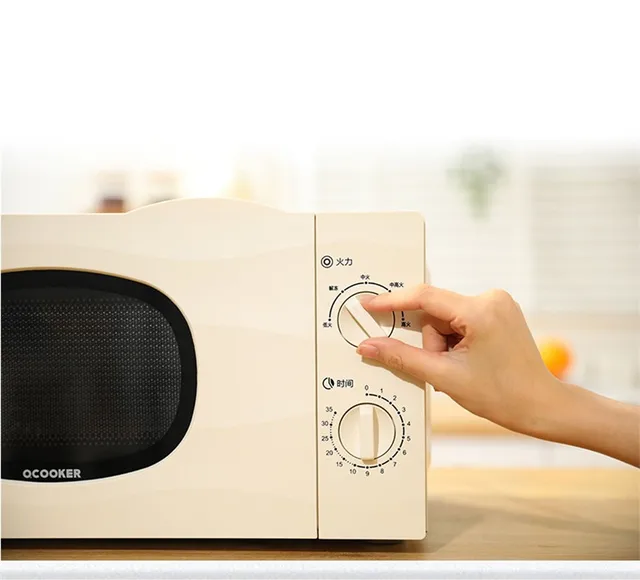
Cleaning and Maintenance:
Proper cleaning and maintenance of the microwave can contribute to its longevity and performance. Regularly wiping down the interior and exterior surfaces of the microwave with a mild cleaning solution helps remove food debris and prevents the buildup of stains and odors. It is important to avoid using harsh abrasives or scouring pads that can damage the microwave’s surfaces. Additionally, periodically checking and cleaning the microwave’s vents and filters helps maintain optimal airflow and prevents overheating.
Energy Efficiency:
Microwaves are considered energy-efficient appliances, consuming less energy compared to conventional ovens or stovetops. To make the most of this energy efficiency, it is advisable to use the appropriate power level for the task at hand. Lower power levels are ideal for tasks such as defrosting or gentle heating, while higher power levels are suitable for cooking or reheating. Additionally, avoiding unnecessary preheating and using the appropriate-sized microwave for the food being prepared can help maximize energy efficiency.
Beyond Heating and Cooking:
While microwaves are primarily used for heating and cooking food, they have additional functions and applications. Microwaves can be used to steam vegetables, melt chocolate, soften butter, or even sterilize kitchen sponges. Some microwaves also have settings for popcorn, beverages, or specific types of food, making them versatile appliances in the kitchen.
Advancements and Innovations:
As technology continues to advance, microwaves are evolving to offer new features and innovations. Some microwaves now come equipped with convection cooking capabilities, allowing for more versatile cooking options such as baking and roasting. Others include smart features that connect to mobile devices or integrate with voice-assistant technologies, making cooking and control more convenient than ever before.
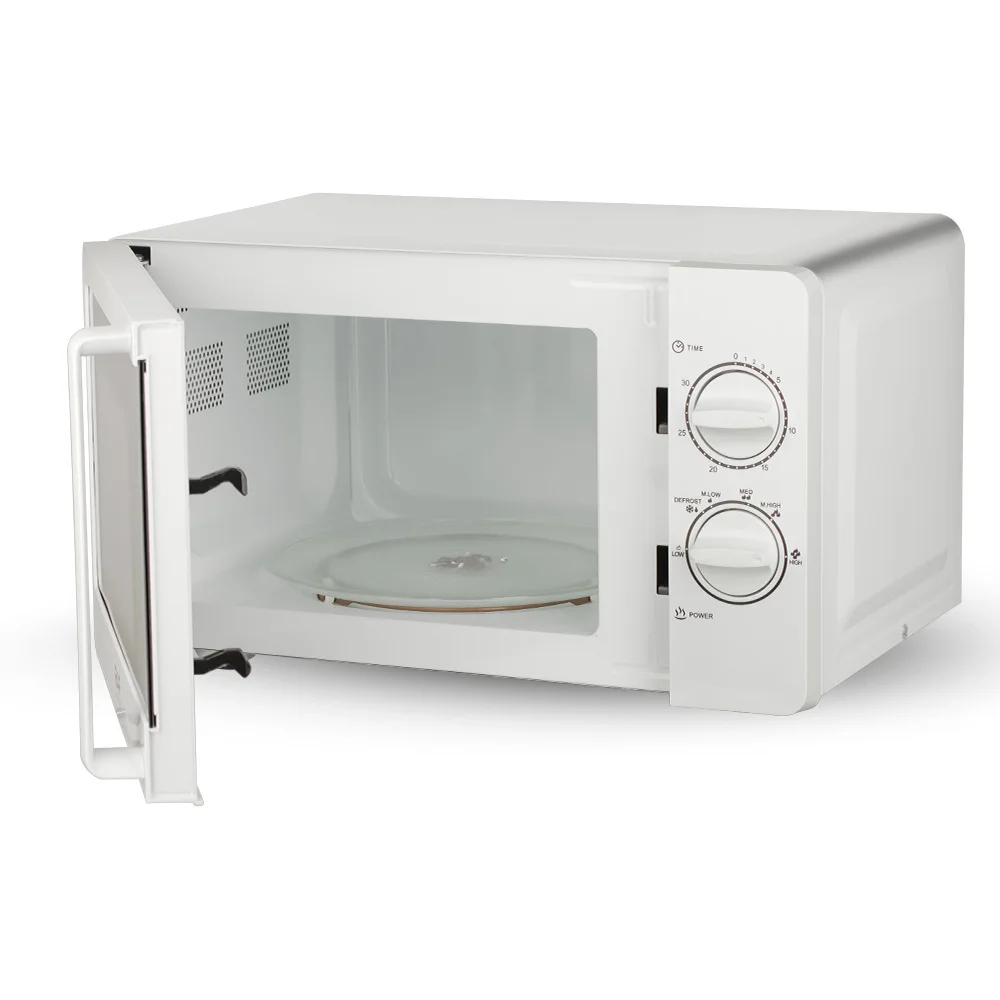
Conclusion:
Microwaves work by generating low-frequency electromagnetic waves, known as microwaves, that interact with water molecules in food. The magnetron within the microwave creates these microwaves, which are then directed toward the food using reflectors and waveguides. Once inside the cooking chamber, the microwaves are absorbed by water molecules, causing them to vibrate and generate heat. This heat is transferred to the surrounding food molecules, resulting in cooking or heating. Understanding this basic process allows users to make the most of their microwave and appreciate the science behind its operation.

